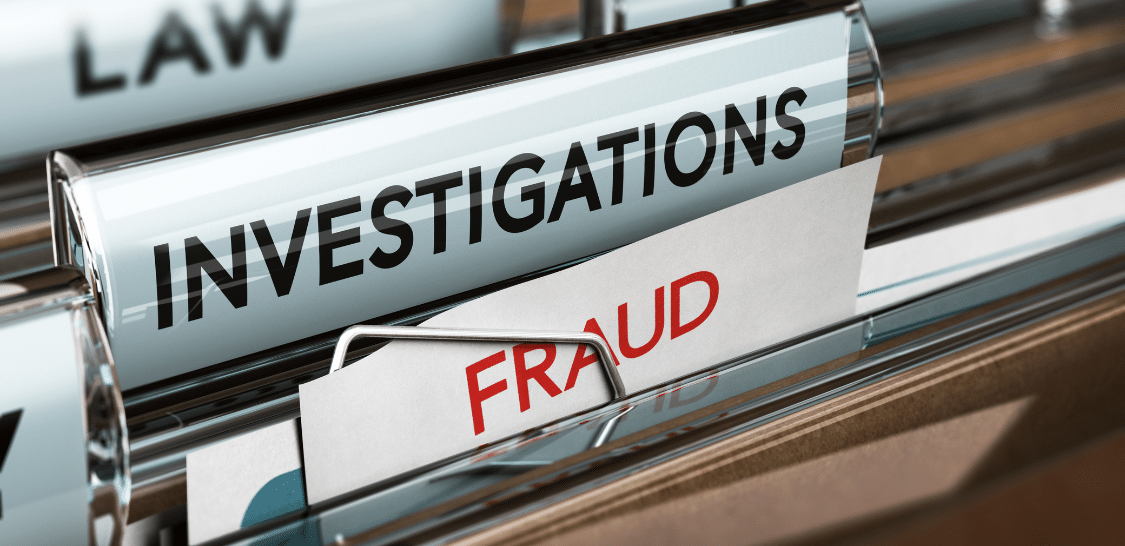There are good ways to prevent fraud, and then there are the best ways. The “good, better and best” model offers actionable measures to help your organization improve fraud prevention.
It’s good to establish internal controls within your organization. It’s better to have internal controls, documentation to support them and training on these policies for each team member. The best strategy is to implement both the “good” and “better” measures and then add another layer of monitoring to your process. Monitoring reinforces the importance of a strong control environment and will help identify ways to improve standard operating procedures (SOPs). It also helps employees learn how to do the right thing and keeps internal controls top of mind.
Below, we apply these three internal control tiers to common finance practices to illustrate how your organization can get more effective and proactive at deterring fraud.
Cash Receipts
- Good: A good method for preventing fraud with cash receipts is to make sure proper segregation of duties exists between cash receipts, invoicing and financial reporting.
- Better: A better method is instituting the “good” measure, while also documenting your SOPs and cross-training all department employees.
- Best: The best method is to have all of the above measures in place while also following and enforcing a mandatory vacation policy for your employees and having documentation readily available to support the existence and effective operations of controls.
Accounts Payable
- Good: A good way to establish internal controls around accounts payable is to limit the access to vendor setup and segregate duties in the accounts payable department.
- Better: In addition to the “good” measure, follow the payment authority matrix when making payments and only set up independent vendors.
- Best: The best way to prevent fraud in your accounts payable department is to implement the above advice and conduct periodic independent reviews of vendors and payments, including proof of performance. Be sure all payments correlate to general ledger postings.
Financial Statements
- Good: Limit the usage of multiple systems and manual spreadsheets. Reconcile your accounts regularly and set up a review process with a supervisory associate.
- Better: To better protect against fraud, institute “good” measures and add a third party to the process to review your reconciliations and support. Prepare analytics based on your data – for example, your budget compared to actual cost and variance from prior years.
- Best: In addition to the above measures, have an independent party periodically review your financial records. Conduct regular audits of who has access to your financial information, perform data analytics and investigate all anomalies.
RKL’s fraud prevention specialists can help you put in place the best methods for fraud detection in your organization. Reach out to your RKL advisor or use the form below to contact us.




